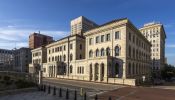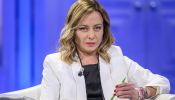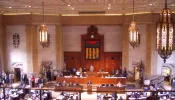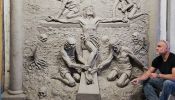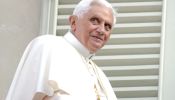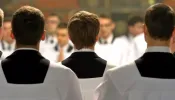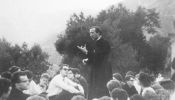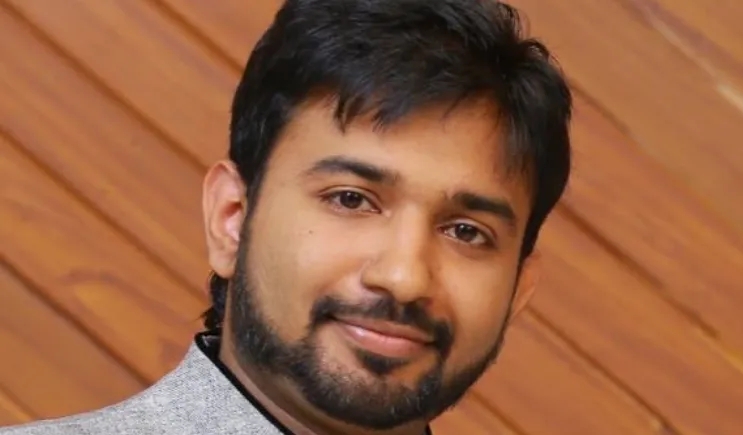Preserving authenticity in celebrations of the Sacred Liturgy has been a prominent concern of Pope Benedict XVI (formerly known as Cardinal Joseph Ratzinger) for more than 25 years. He has observed that some efforts to implement the Second Vatican Council's Constitution on the Sacred Liturgy were poorly conceived and produced results contrary to what the Council had proposed. Where these things occurred, the authentic nature of the liturgy was obscured, and the vitality of the Church's life and mission was weakened. The first threat to liturgical authenticity was posed by overemphasis on human creativity and too little emphasis on the saving activity of God in Jesus Christ.
What Vatican II wanted
In the Constitution on the Sacred Liturgy, the Council called for (#14) "full, conscious and active (actuosa in Latin) participation" by all members of the Church. This was to be facilitated by greater use of the vernacular and by pastoral efforts to teach and to promote the true nature of the Sacred Liturgy. Furthermore, a clear distinction is needed, it said, between unchangeable elements and those which can and should change. Here are the words of the Constitution (#21), "For the liturgy is made up of unchangeable elements divinely instituted, and of elements subject to change. These latter not only may be changed but ought to be changed with the passage of time, if they have suffered from the intrusion of anything out of harmony with the inner nature of the liturgy or have become less suitable."
To preserve the authenticity of the Liturgy, then, there needs to be both change and continuity, but always in accord with the 'inner nature of the liturgy.' The problem that arose after Vatican II was that changes were introduced sometimes by those who did not have the expertise or lacked the authority to make such changes. This is why the Council gave clear instruction on this point (#22), "Regulation of the sacred liturgy depends solely on the authority of the Church, that is, on the Apostolic See, and, as laws may determine, on the bishop…Therefore no other person, not even a priest, may add, remove, or change anything in the liturgy on his own authority."
The heart of authenticity
The authenticity that the Church desires in the Sacred Liturgy reaches deeper than the liturgical texts themselves. It is rooted in the very mystery of the Lord Jesus. In fact, Christian worship finds its beginning in the death and Resurrection of Christ. We cannot begin to understand it without reference to our Redeemer.
Cardinal Ratzinger wrote in Spirit of the Liturgy (p. 43) that "the question of what true worship of God is" can only be answered by "knowing who Jesus is." The zeal of Jesus for authentic liturgy is manifested in the zeal that He showed in cleansing the Temple. That action was more than a stern stand against abuses in sacred places; it was a prophetic act. As Ratzinger wrote (Idem, p. 44), "This is a prophecy of the Cross: He shows that the destruction of his earthly body will be at the same time the end of the Temple. With His Resurrection the new Temple will begin: the living body of Jesus Christ, which will now stand in the sight of God and be the place of all worship."
The real worship that is fully pleasing to God is the worship that Jesus offered to the Father at the Last Supper and on the Cross. This worship continues today; and we are caught up in this authentic liturgy every time that we celebrate the eucharistic Sacrifice.
The fruits of authentic liturgy
We can easily understand why the Church takes such great care to foster, to reform and to protect the Sacred Liturgy. The first sentence of the Instruction Liturgiam Authenticam states: "The Second Vatican Council strongly desired to preserve with care the authentic Liturgy, which flows forth from the Church's living and most ancient spiritual tradition, and to adapt it with pastoral wisdom to the genius of the various peoples so that the faithful might find in their full, conscious, and active participation in the sacred actions — especially the celebration of the Sacraments — an abundant source of graces and a means for their own
continual formation in the Christian mystery."
When the Sacred Liturgy is authentically fostered and celebrated, then the fruits are evident. What fruits did the Second Vatican Council foresee in the Constitution on the Sacred Liturgy? Three stand out:
First, we, the clergy and lay faithful, encounter God in the most profound way possible on earth. We become one with Christ in His zeal for offering fitting worship to the Father through the Holy Spirit. As the Council taught (#7), "Christ, indeed, always associates the Church with Himself in this great work in which God is perfectly glorified and men are sanctified. The Church is His beloved Bride who calls to her Lord, and through Him offers worship to the eternal Father."
Second, we enter ever more deeply into the redeeming action of Christ. "For it is the Liturgy through which, especially the divine sacrifice of the Eucharist, the work of our Redemption is accomplished… The liturgy daily builds up those who are in the Church, making of them a holy temple of the Lord, a dwelling place for God in the Spirit." (Ibid, #2)"
Third, we are equipped and inspired to evangelize, that is, to bear witness in love and truth to Christ and His Gospel. An ancient Latin saying captures this succinctly: Lex orandi, les credendi, lex vivendi — the way we pray deeply forms what we believe and how we live. If we want to live authentically our vocation and mission in Christ, then we need to have authentic liturgy.
Printed with permission from the Catholic Sun, newspaper for the Diocese of Phoenix.


